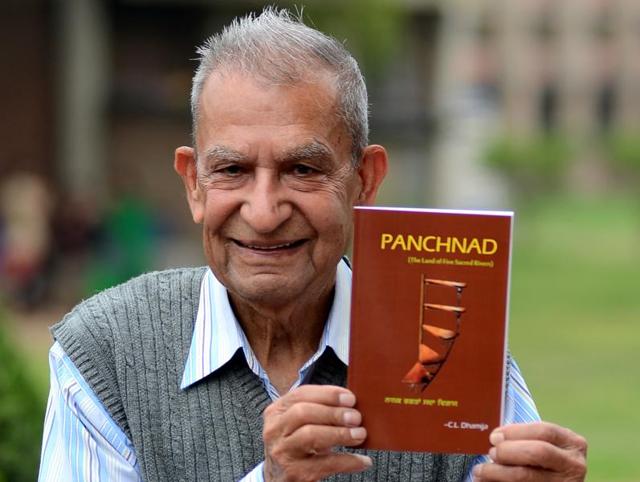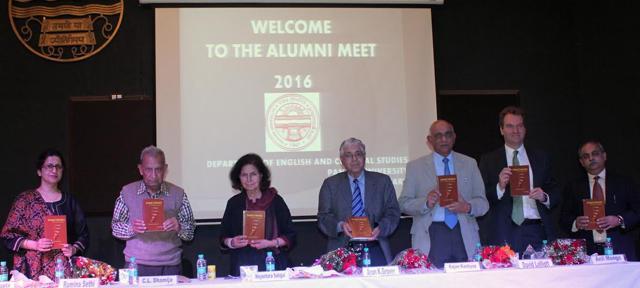‘Kids should be made aware of thin line between spirituality, extremism’
Out of Japji Sahib, Asa Di Var and Sidh-Gosht composed by the first Sikh guru Guru Nanak, Japji Sahib is what the holy book Guru Granth Sahib begins with. And Japji Sahib itself begins with the mool mantra — Ek Onkar (God is one).
Out of Japji Sahib, Asa Di Var and Sidh-Gosht composed by the first Sikh guru Guru Nanak, Japji Sahib is what the holy book Guru Granth Sahib begins with. And Japji Sahib itself begins with the mool mantra — Ek Onkar (God is one).

‘Panchnad’, written by retired English professor at DAV College, Sector 10, CL Dhamija, which is based on the Japji Sahib, was launched on Thursday by writer Nayantara Sehgal.

The book is about the spiritual evolution of individuals and communities through the eyes of Guru Nanak. More than that, it is about his own evolution as a spiritual leader.
Unlike Jews, Christians and Muslims, in Sikhism, it is believed that a soul passes through 8,400,000 lifetimes to finally become a human being and this cycle goes on and on till he attains enlightenment. Dhamija’s book talks about that evolution of Baba Nanak through 101 lives before, to finally reach a stage where he acquires enough knowledge to share it with the world. A ‘Sanyasi’ in his previous birth, he still feels something is incomplete within him. Some higher force tells him he needs to go back to the social life. With the guidance of his guru, he looks within and finds all the answers.
So begins his next life as Guru Nanak.
Written in a story form, along with pictorial representations, the book is engrossing enough to be read out in one go. However, it is a result of the years of research by the writer. Dhamija says, “I had written it in 1984 for the first time but due to the situation then, it was turned down. I finally got the chance to get it printed now.”
Like many other writers, he too saw failure when his story written for children, which was awarded first prize by UNICEF, was turned down by famous publishing houses. He has written many stories for children since then, which will be published soon. He says, “This book is dedicated to the youth. However, my focus ahead is on children. They need to know about the thin line between spirituality and extremism. All religious books are based on the same principles. All are the same. We need to propagate the true meaning of spirituality.”
“Spirituality is the spirit of religion whereas religion is a form of spirituality,” he says.
Dhamija, who has seen the ‘bloody partition’ and the Sikh-riots, believes it all happened due to religious extremism.





